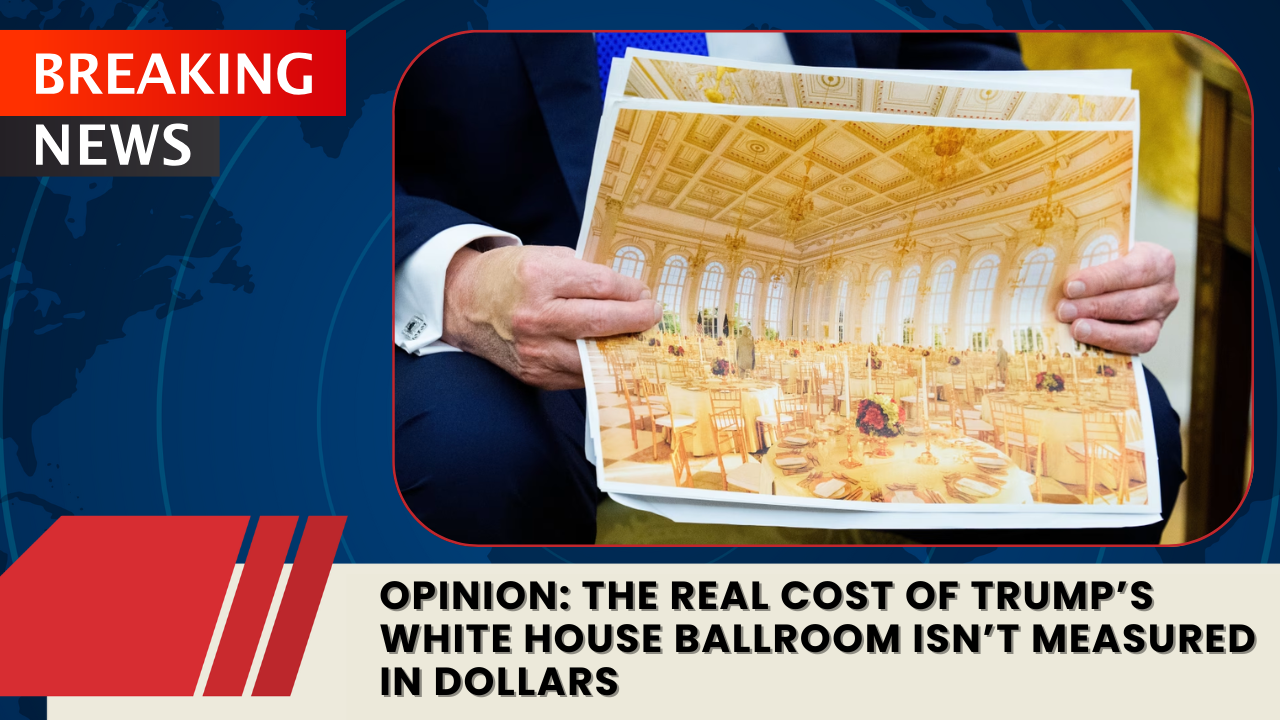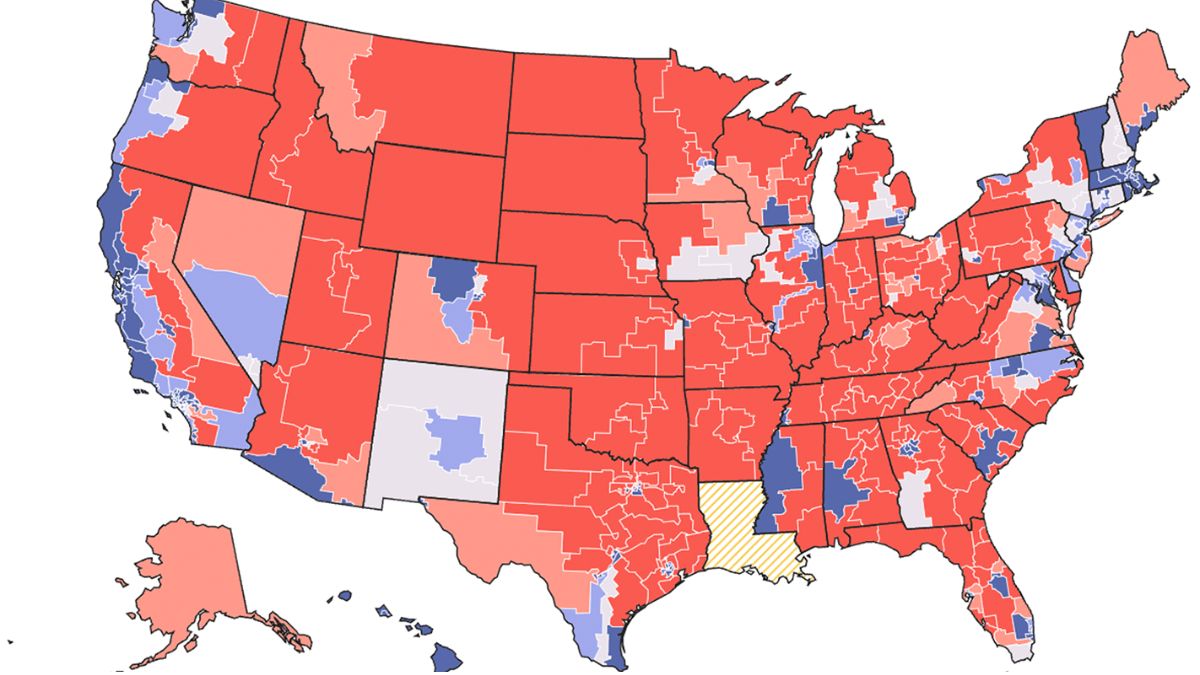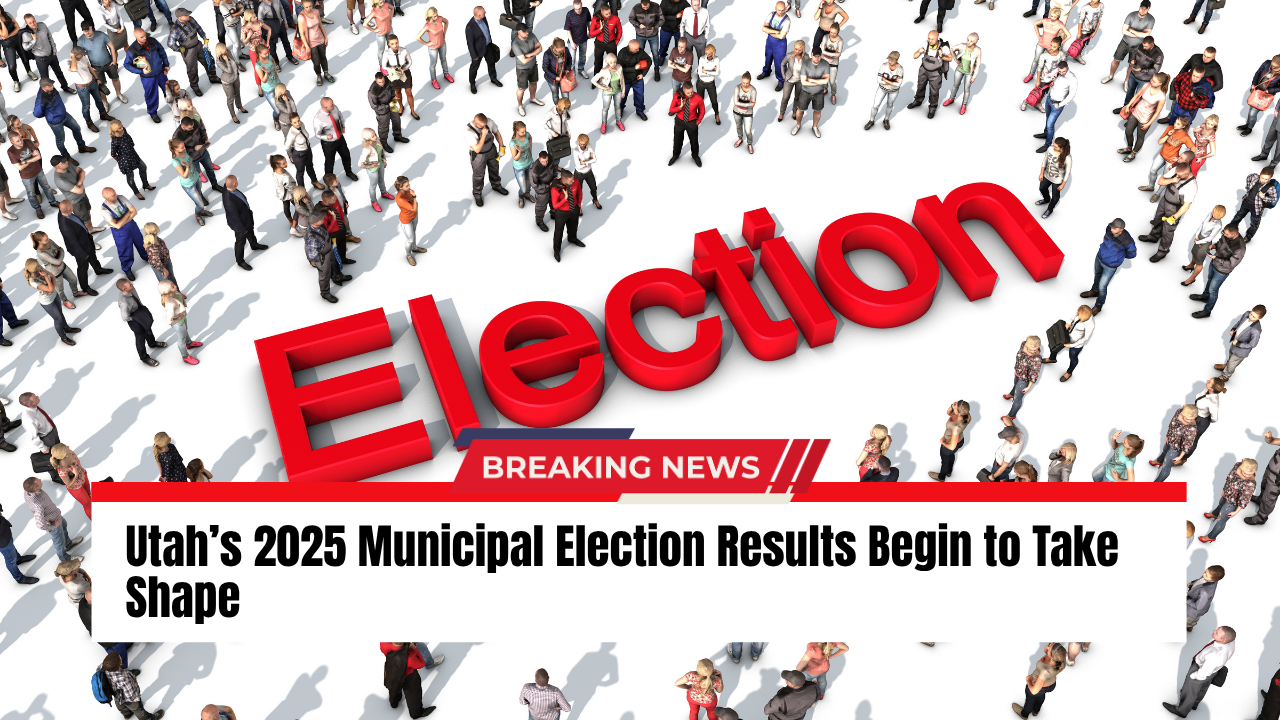The recent demolition of part of the East Wing of the White House to make room for a new ballroom has sparked controversy — and not just for the construction itself. Former President Donald Trump insists the project comes “at zero cost to the American taxpayer,” as it is being privately funded by wealthy donors, corporations, and Trump himself. But that claim, critics say, misses the real issue entirely.
When Private Money Shapes Public Symbols
While it may sound admirable that taxpayers won’t foot the bill, there’s a deeper cost — one that can’t be calculated in dollars. When the White House, America’s most enduring symbol of democracy, is altered through private donations and personal influence, it shifts ownership of that space away from the public and into the hands of the powerful few.
Public infrastructure and national landmarks — from our national parks to the interstate highway system — are special because they belong to everyone. Americans take pride in them precisely because they were built with public contributions, representing shared investment and collective ownership.
Trump’s privately funded ballroom, by contrast, represents the opposite — a project financed by the elite for their own benefit. It’s a continuation of a troubling trend in which personal wealth and political power reshape public institutions for private glory.
Eroding Trust in Democratic Institutions
Whether it’s the new ballroom, the Qatari jet reportedly offered as Air Force One, or a potentially donor-driven presidential library, each project sends a message: that access and influence in government can be bought.
This pattern erodes one of America’s most valuable assets — public trust. When citizens see their leaders trading national symbols for private donations, they begin to doubt the integrity of the office itself.
The true cost of Trump’s new ballroom isn’t found in a budget ledger — it’s in the loss of transparency, accountability, and shared pride in what the presidency represents.



